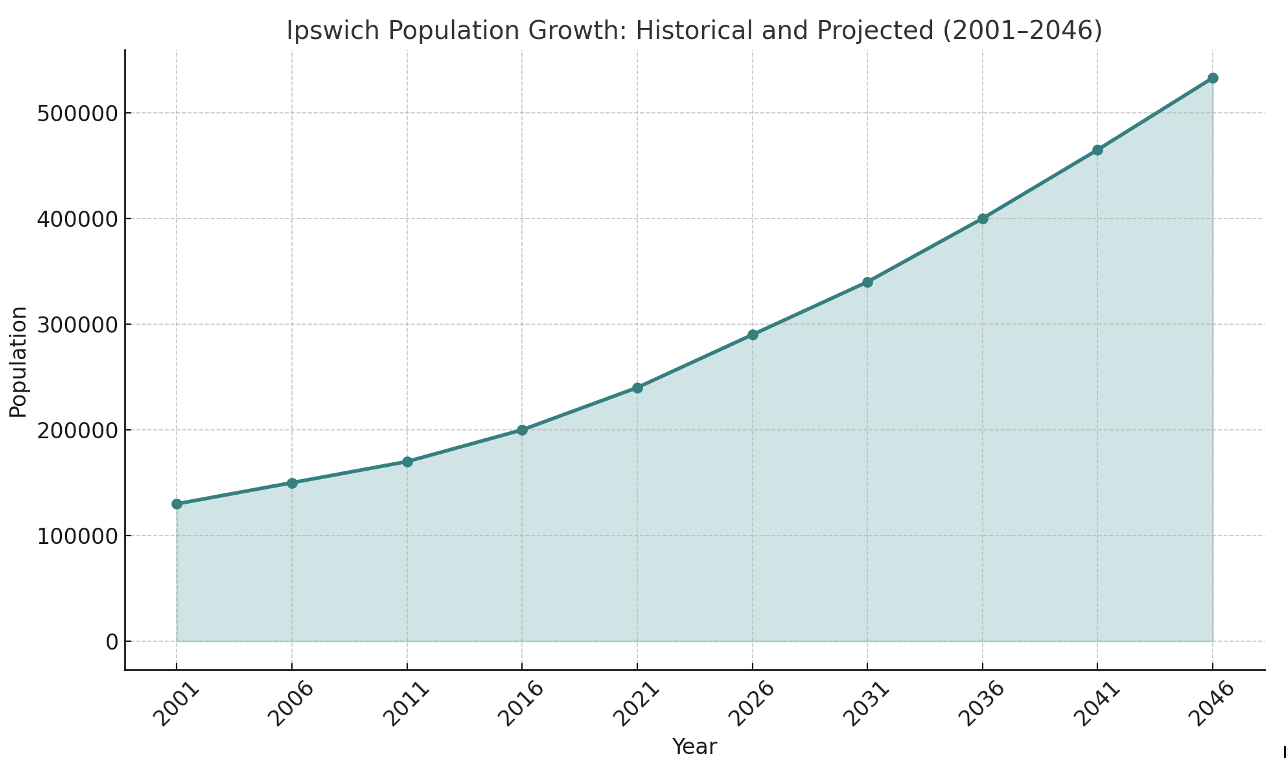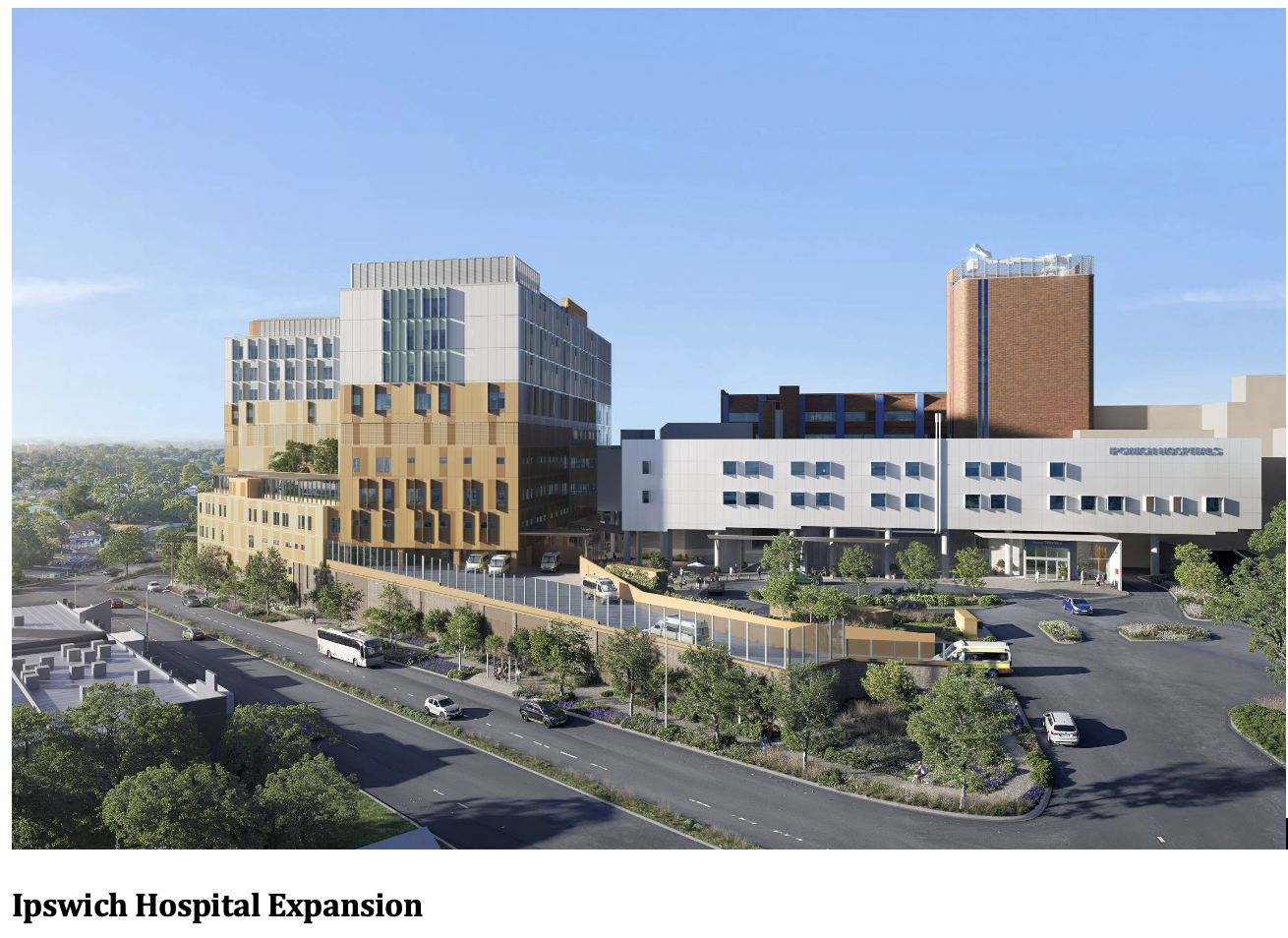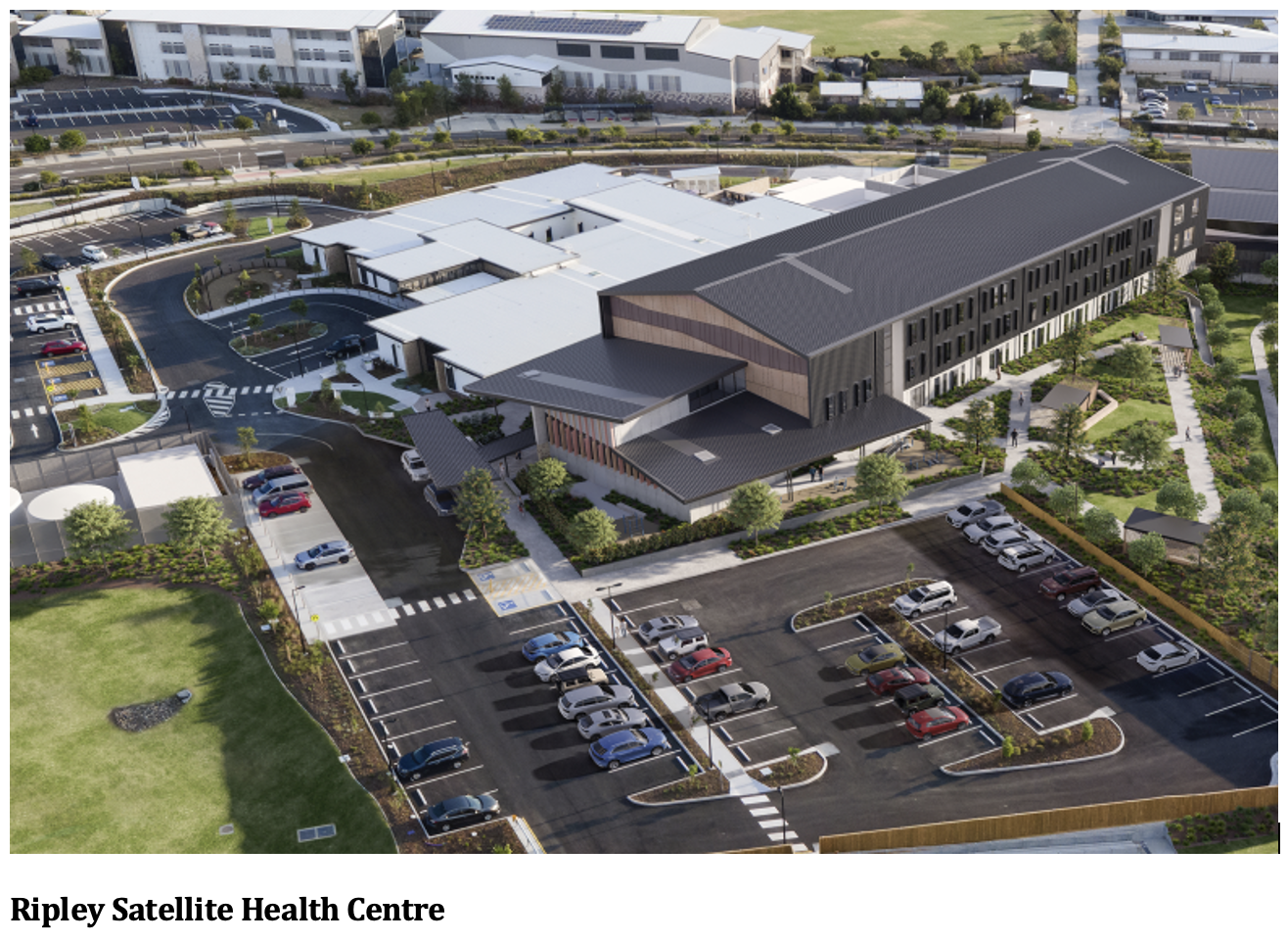I’ve always believed that smart investors look not just at what an area is offering now, but what it’s becoming. Right now, Ipswich is undergoing one of the most significant transformations in Queensland—quietly evolving from a regional satellite into acritical growth corridor, fuelled by infrastructure investment, healthcare expansion, and population growth that’s among the fastest in the state.
Let’s start with the big picture: population. The Ipswich region is on track to double in size over the next 20 years, with projections showing more than 533,000 residents by 2046.
Greater Springfield—already Australia’s largest master-planned city—is aiming to more than double its population to over 100,000 by 2030. And the Ripley Valley is quickly taking shape as one of South East Queensland’s most dynamic new communities, with plans for 120,000 residents and 50,000 new homes.

Figure 1: Ipswich Population Growth(2001–2046)
This scale of growth isn’t speculation—it’s backed by real, committed investment in the infrastructure needed to supportit.The most prominent example is the Ipswich Hospital Expansion, a transformative $925 million redevelopment funded throughthe Queensland Government’s Hospital Expansion Program. This project, set for completion in late 2027, will deliver 200 new beds, an expanded emergency department, new operating theatres, imaging facilities, and a new multi-storey acute services building. Beyond improving healthcare access for locals, this expansion will create over 1,700 construction jobs and ensure Ipswich can supportits rapidly growing population with world-class medical infrastructure.

The hospital project is just the start. A 90-bed satellite health facility in Ripley is also in the pipeline, due for completion in 2025, making healthcare more accessible for families moving into one of the most in-demand housing estates in the region. These health investments aren’t just good for community wellbeing—they create economic activity, stimulate employment, and increase the attractiveness of surrounding suburbs, which is a strong tailwind for property values.

Transport infrastructure is another key pillar of Ipswich’s growth story. The long-anticipated Ipswich to Springfield rail extension—often referred to as the “I2S corridor”—is being actively planned and will include nine new stations, connecting Ripley and Redbank Plains directly to Springfield and Brisbane. The addition of this line will unlock massive residential and commercial potential in what’s currently an under utilised corridor. Paired with widening works on Ripley Road and upgrades to the Ipswich Motorway, Cunningham Highway, and Warrego Highway, theseimprovements are laying the groundwork for a more connected, accessible Ipswich.

The Queensland Government’s 2025–26 Budget also confirmed additional spending to support growth in the west. Funding has been committed to a business case for a second Bremer River crossing, aimed at easing congestion in Ipswich’s centre—an issue that’s already reaching critical levels due to population and freight growth. New schools are also planned or under construction in Ripley Valley and surrounding suburbs, ensuring that the educational infrastructure grows in step with housing development.
What does all of this mean for property investors?
In simple terms, Ipswich is one of the few markets in South East Queensland where you can still invest at an affordable price point, while also benefiting from long-term capital growth drivers that rival those in more mature markets. The combination of strong population growth, infrastructure-led job creation, and increasing amenity is exactly what fuels demand—and price growth—in residential property markets.
With the region still mid-way through its infrastructure rollout, the best opportunities are likely still ahead of us. The window to invest before the rail corridor becomes operational, before the hospital opens its expanded wings, and before the new schools welcome theirfirst students is rapidly closing. As always, timing is key in real estate. Ipswich today offers a rare mix: affordability, scale, infrastructure momentum, and clear government commitment. For investors seeking long-term growth withresilient fundamentals, the western corridor is no longer an emerging market—it’s a transforming one.
This content is for general information only and reflects personal opinion—not financial, legal, or investment advice. We do not guarantee its accuracy or completeness. Please consult a licensed professional, such as your accountant or financial advisor, for advice tailored to your specific circumstances.
If you would like advice tailored to your situation, please feel free to reach out.

.png)
.svg)


.svg)